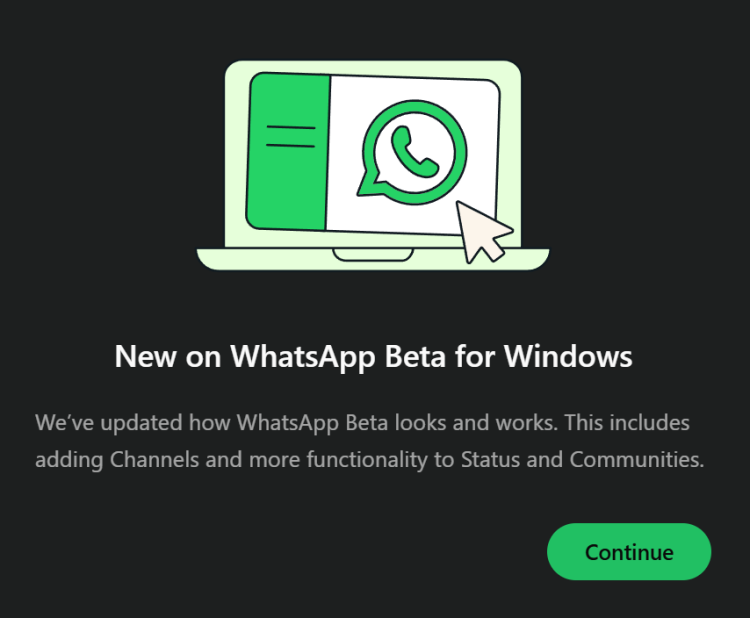WhatsApp is making a significant shift for Windows users: Meta is set to phase out the native Windows app in favor of a desktop version that’s essentially a wrapper for WhatsApp Web. The change is live in the latest WhatsApp beta for Windows, where users have noticed major UI and functional differences.
Native App Out, Web Wrapper In
Previously, WhatsApp’s Windows app used native WinUI components, integrating seamlessly with Windows 11 and offering faster performance, system notifications, and a familiar settings menu. The new beta, however, is built using Microsoft’s Edge WebView2 technology. This approach simply packages the web version of WhatsApp inside a desktop window, bringing with it a more basic look and feel as well as simplified notifications and settings.

Screenshot by Tom Warren / The Verge
Why the Change?
Meta’s likely motivation is easier maintenance: by switching to a web view wrapper, WhatsApp can maintain a single codebase for web and desktop, reducing development time and cost. This shift mirrors recent trends among app developers looking to streamline their resources, though it sacrifices certain user experience aspects tied to native platforms.
Impact for Users
- Less Native Integration: The app no longer blends into the Windows 11 look and feel, and some desktop-specific features may be lost.
- Basic Settings UI: Users will see a more stripped-down, web-like interface for account and app preferences.
- Performance Concerns: The web wrapper version usually consumes more RAM than the previous native app, which may disappoint power users.
- New Features: The revamped beta includes support for WhatsApp Channels and expanded features for Status and Communities, keeping the platform’s core functions in sync with other devices.
Ironically, even WhatsApp’s own documentation has promoted native versions for their “increased performance and reliability, more ways to collaborate, and features to improve your productivity”—all advantages that are now being dialed back with this move.
WhatsApp only introduced its native Windows desktop app a few years ago, making it possible to run on PCs without a constant phone connection. Now, with Meta’s decision, Windows users will face a less polished, more resource-intensive experience moving forward.
Availability
The transition is rolling out in stages, starting with the latest Windows beta. Existing users can expect the native app to be replaced by the web-wrapper version over the coming months.





